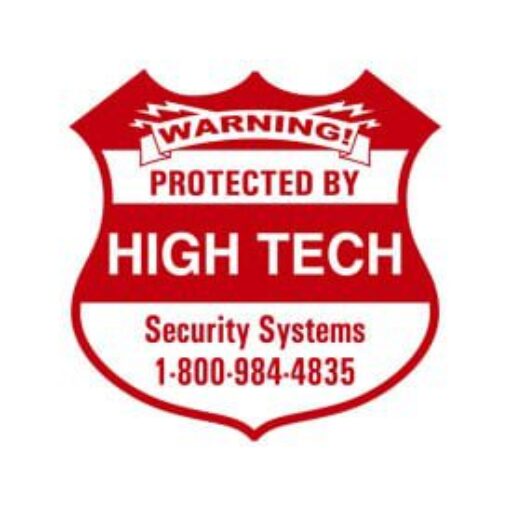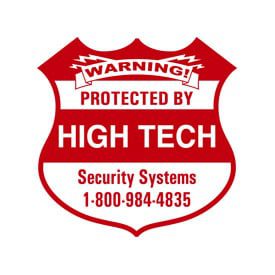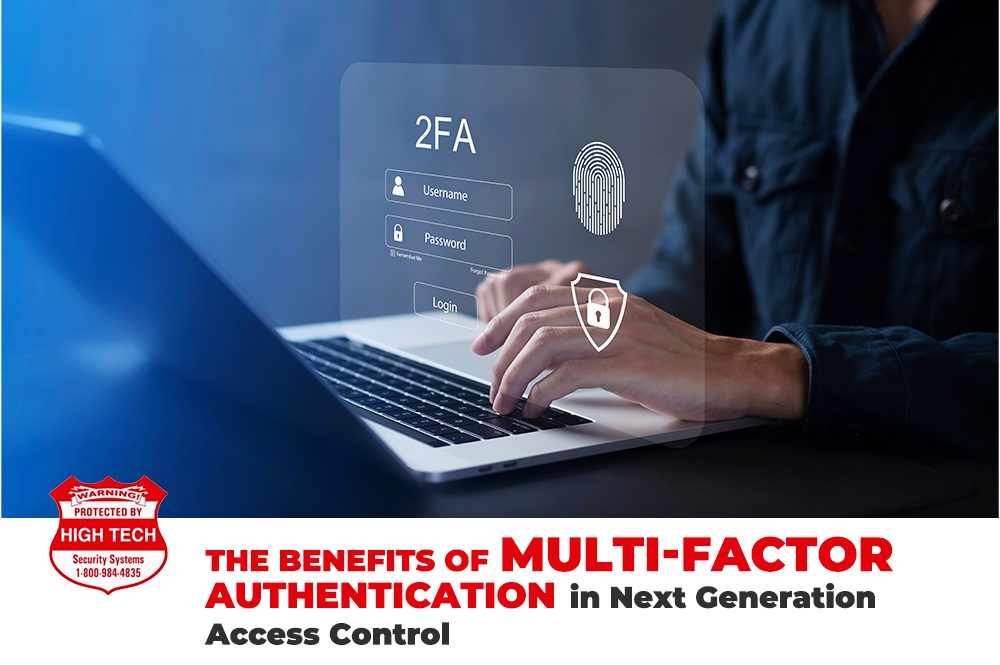Overview: Explore the benefits of multi-factor authentication (MFA) for businesses in Highland and surrounding areas. Strengthen your security with next-generation access control that protects both digital and physical assets. Read on!
Imagine your security as a fortress — would you protect it with just one flimsy lock, or would you use multiple layers to keep intruders out? In a world where cyber threats are constantly evolving, relying on just a password is like guarding your valuables with a paper door.
This is where Multi-Factor Authentication (MFA) comes in—giving your access control a serious upgrade. MFA adds multiple layers of verification, making unauthorized access nearly impossible. It’s the difference between hoping for the best and being fully prepared.
Let’s dive into why MFA is the key to next-generation access control and how it can transform your approach to security.
What Is Multi-Factor Authentication (MFA)?
Multi-factor authentication (MFA) is a security process that requires users to verify their identity using two or more forms of authentication before accessing systems, buildings, or sensitive data. These forms of identification typically include:
-
Something you know – like a password or PIN.
-
Something you have – such as a smartphone or keycard.
-
Something you are – biometric verification, such as fingerprints or facial recognition.
For businesses in Highland, Redlands, San Bernardino, and Loma Linda, MFA offers an added layer of security, reducing the likelihood of unauthorized access.
>> Related Reading: What is multi-factor authentication (MFA)?
Why MFA is Crucial for Next-Generation Access Control
Enhanced Security Against Cyber Threats With traditional single-factor authentication (e.g., passwords), access control systems are highly vulnerable to cyberattacks like phishing, keylogging, or brute-force attacks. By adding additional authentication factors, MFA minimizes the risk of unauthorized access, even if passwords are stolen or cracked.
Reduced Risk of Insider Threats While cybersecurity threats from external sources are on the rise, internal risks from employees with malicious intent or careless mistakes cannot be ignored. With MFA, even authorized personnel must prove their identity with additional credentials, making it harder for rogue insiders to misuse their access.
Protection of Physical and Digital Assets In next-generation access control systems, MFA isn’t just about protecting digital environments — it’s also used to safeguard physical spaces. For example, organizations can require both a keycard and a biometric scan to access secure facilities like data centers or research labs, providing a comprehensive approach to security.
Regulatory Compliance As data protection regulations continue to tighten globally, MFA is becoming a necessary component for businesses to remain compliant. Many industries, such as finance and healthcare, require stringent security measures, including multi-factor authentication, to protect sensitive information and meet regulatory standards like GDPR, HIPAA, and PCI-DSS.
User Convenience with Modern MFA Solutions While MFA might sound complex, modern solutions have become increasingly user-friendly. Mobile-based authentication apps, biometric scanners, and one-time codes sent via SMS or email offer fast, seamless authentication without causing significant disruptions for users. This ease of use ensures organizations can enforce MFA without negatively impacting productivity.
Scalability for Growing Security Needs As companies grow, so do their security needs. Next-generation access control systems with MFA are designed to scale with the organization, supporting an increasing number of users, locations, and security protocols without needing to overhaul existing infrastructure. This makes MFA a cost-effective solution for businesses of all sizes.
In Summary
For businesses in Highland, Redlands, San Bernardino, and Loma Linda, multi-factor authentication is no longer a luxury — it’s a necessity. Whether it’s securing sensitive digital data or protecting physical spaces, MFA is a crucial element in next-generation access control systems.
By implementing MFA, you can reduce the risk of cyberattacks, prevent insider threats, and ensure regulatory compliance, all while maintaining a user-friendly and scalable solution!


